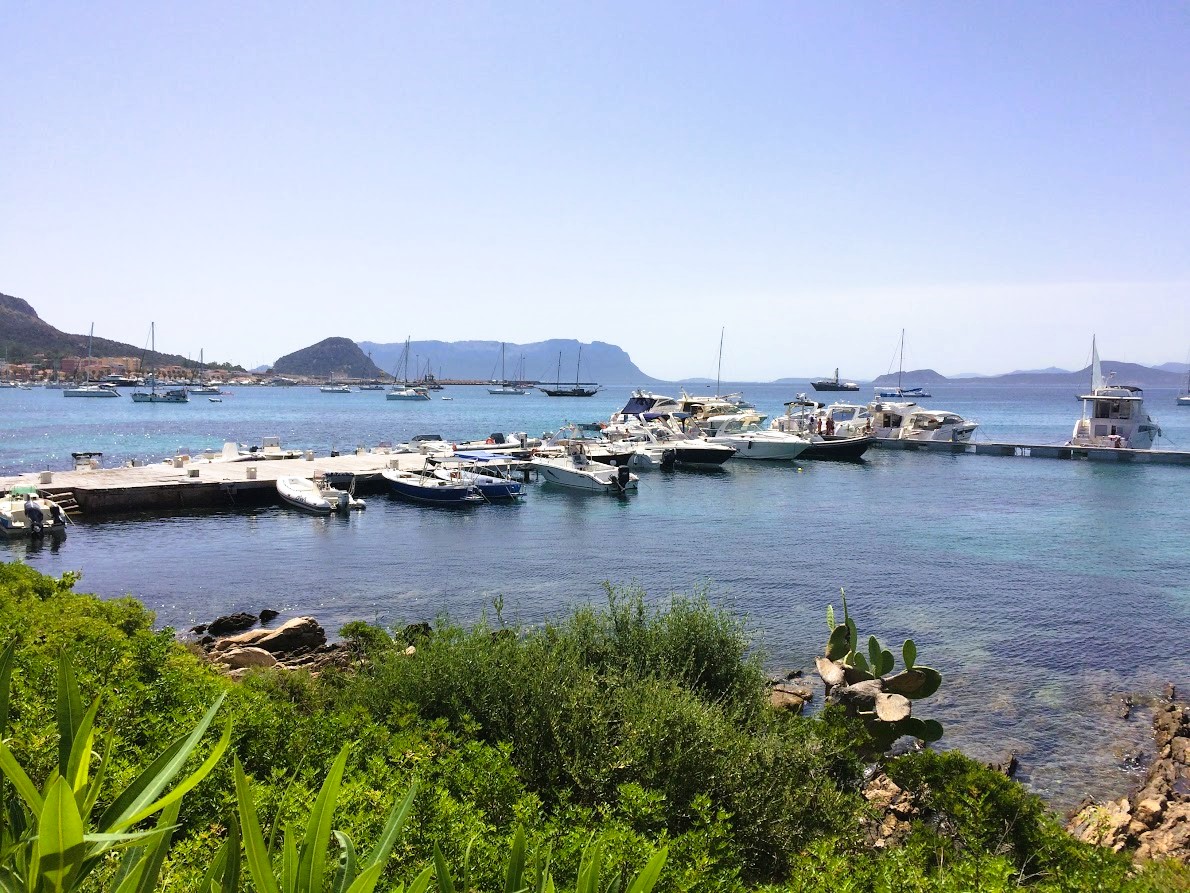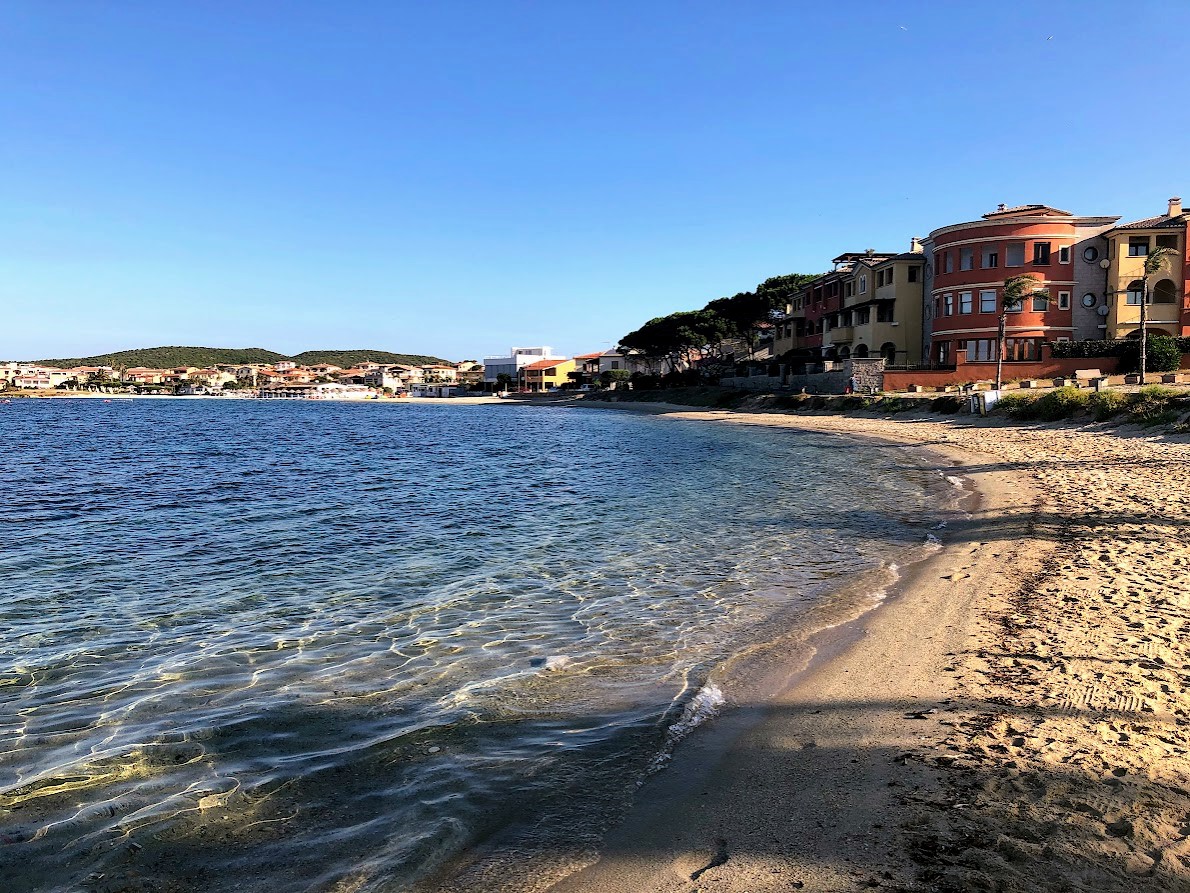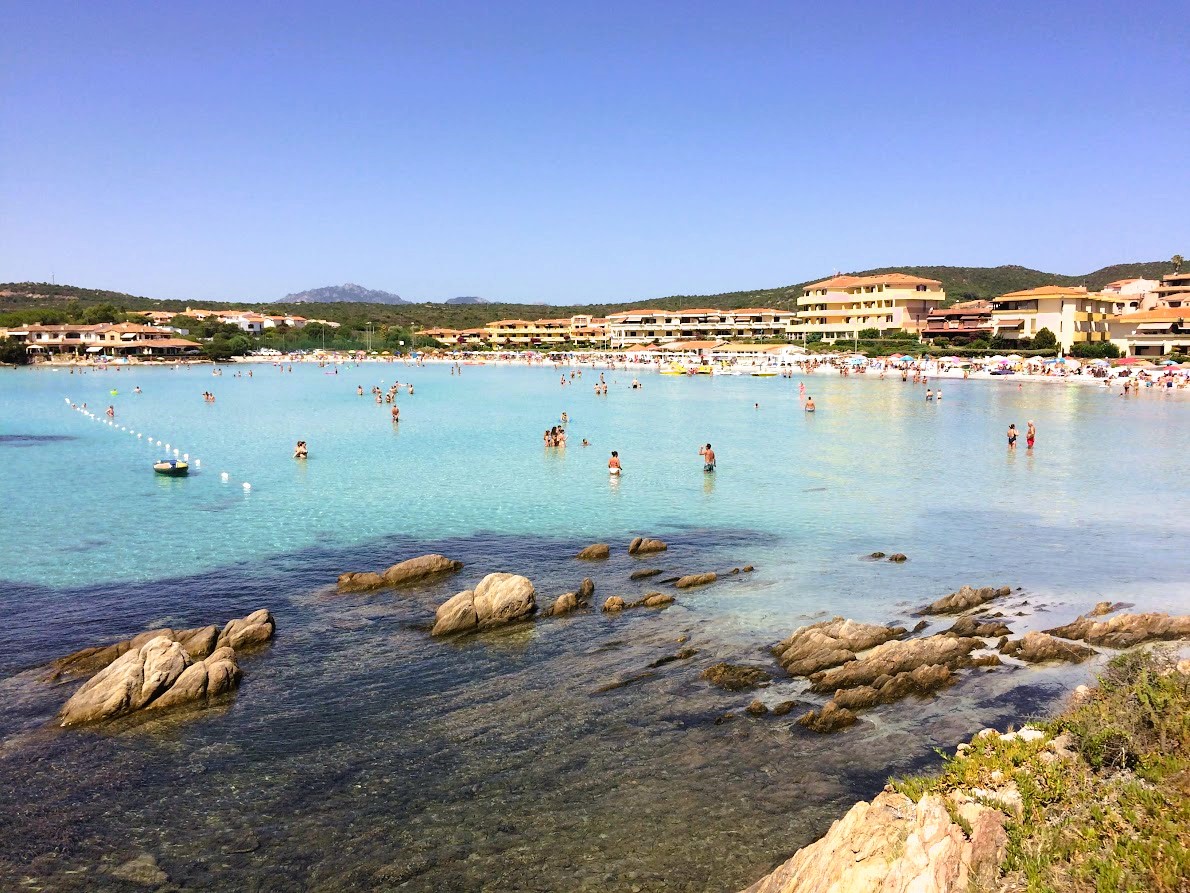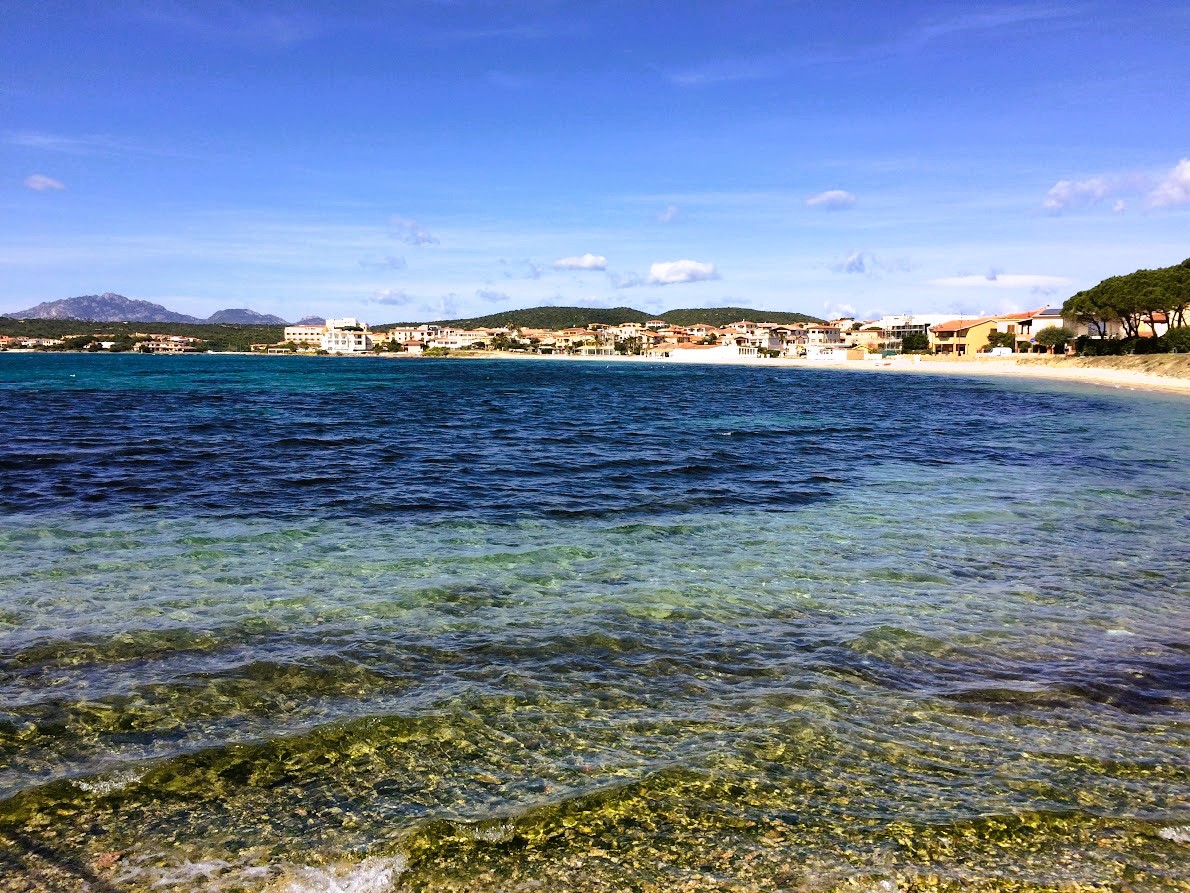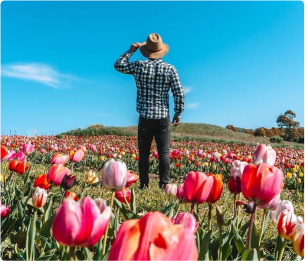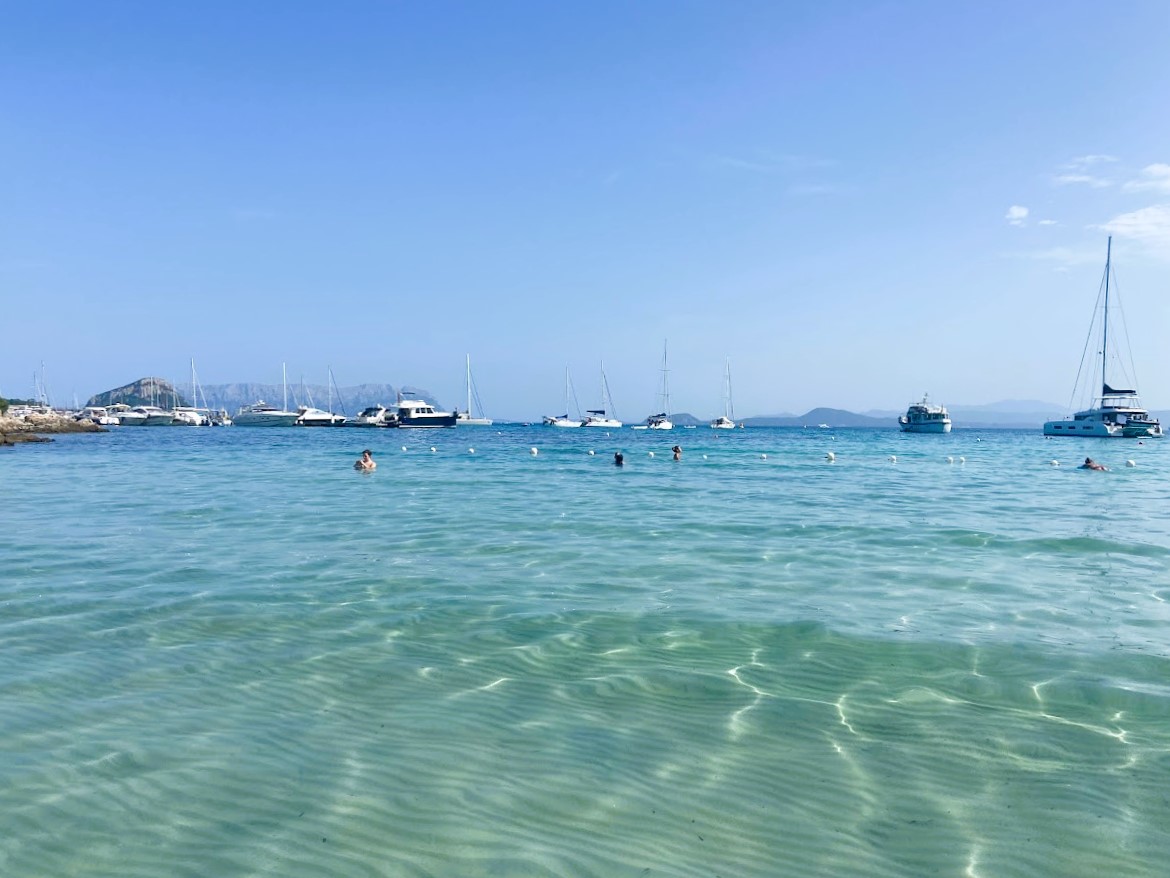
Golfo Aranci
Golfo Aranci is a famous and beautiful destination, located just 20 km from Olbia on the north-eastern tip of Sardinia, which boasts with a rare biodiversity and natural treasures. It is believed that the name Golfo Aranci was derived from a misinterpretation of the historical name of mid-20th century cartographers, “Gulfu di li Ranci”, or Gulf of Crabs. The second, often mentioned possibility is that it is named after one of the countless coastal pearls of this locality – Sos Aranzos beach. The area was already inhabited in the Nuragic period, as evidenced by the sacred well at Milis (from the 7th to 6th century BC) and subsequently became a Roman port. From the beginning of the 20th century, it served as a transshipment point for goods, and from the 1960s, it serves as the second gateway from the sea to the Gallura region. The entire area around Golfo Aranci is popular for inland trekking, as it is an oasis and home to many species of animals, such as mouflons and rare birds, with a panorama of the islet of Figarolo. The promontory is decorated with fortifications from the war and the lighthouse il Semaforo della Marina militare – the navy’s semaphore, famous for Guglielmo Marconi’s experiments (from 1932). In honor of this genius inventor, a granite column la Colonna di Luce was erected in the city. The inhabited center, originally a fishing village, a town since 1979, extends over a strip of land surrounded by the sea, overlooking the Gulf of Olbia, which encloses Capo Figari, ideal for diving, especially in the locations of Rocca del Mamuthone and Capo Filasca. The village now has approximately 2,500 permanent residents and enjoys great interest in tourism, mainly due to its location near the famous Emerald Coast to the north and the protected sea area of Tavolara to the south. In Golfo Aranci, you can’t help but admire the streets with colorful houses, enjoy the local cuisine with seafood specialties and typical Sardinian dishes, go shopping in the impressive center of the town, dominated by the parish church of San Giuseppe, a refuge for parishioners of the order of Padre Pio. Patron of the city St. Joseph is celebrated in mid-March. The August celebrations of Ferragosto, held on August 15 – Ascension Day, associated with the fish festival, reach the greatest fame. Fresh fish and seafood form the basis of the local cuisine. Bream, perch, octopus or squid are mostly caught in this area. We recommend trying the traditional fish soup. On Monday mornings, at the time of the local markets, you can visit the Museo Marittimo d’Arte, a unique underwater museum of sculptures and objects of modern art created by 14 world-renowned contemporary artists under the surface of the sea at a depth of 4 to 7 meters. You can visit it by the yellow MuMart submarine with a glass bottom, which departs from the port of Pescherecci, or with divers. Near the promenade, a bronze statue of the mermaid, Sirena di Golfo Aranci, appears every day at set times, emerging from below the surface and enchanting sailors and tourists with her singing of Sardinian songs. During trips along the sea and inland, you will discover unique natural scenery. Captivating sandy beaches alternate with cliffs overlooking a turquoise sea with crystal clear waters that intermingle with shades of emerald green and which hide real underwater treasures. Here you will find sea sponges, corals also called red gold, stars and sea urchins, lobsters, shrimps, mackerels, moray eels, groupers. These waters are ideal for underwater exploration and finding wild and untouched corners. Special guests of the bay are dolphins. The surrounding archipelagos create ideal conditions for them to live, which is why they are found here in large numbers. In 2004, a center for the research of these mammals was established here. Cape Capo Figari is a real natural jewel, with dominating strong colors, enriched with the scent of juniper. Rocky cliffs alternate with romantic bays with white sand (Cala Greca, Cala Moresca). The cape is inhabited by sea birds, such as seagulls, cormorants and peregrine falcons. A special inhabitant of this natural exposition is the mouflon, which was introduced here in the 19th century in order to create a hunting ground. Here you will also come across the only wild sheep in Europe – the Murga. The cape was also made famous by Gulielmo Marconi, the author of the wireless telegraph and the first method of radio communication, who also received the Nobel Prize for Physics. At the top of Capo Figari stands the old fortress of Vecchio Semaforo, a former naval base from where the first transatlantic radio signals were successfully sent. Opposite the Cala Moresca beach is the limestone islet of Figarolo, with pyramide shape and lush vegetation, especially oaks and old olive trees. Short boat or diving trips are organized from the port of Golfo Aranci.
